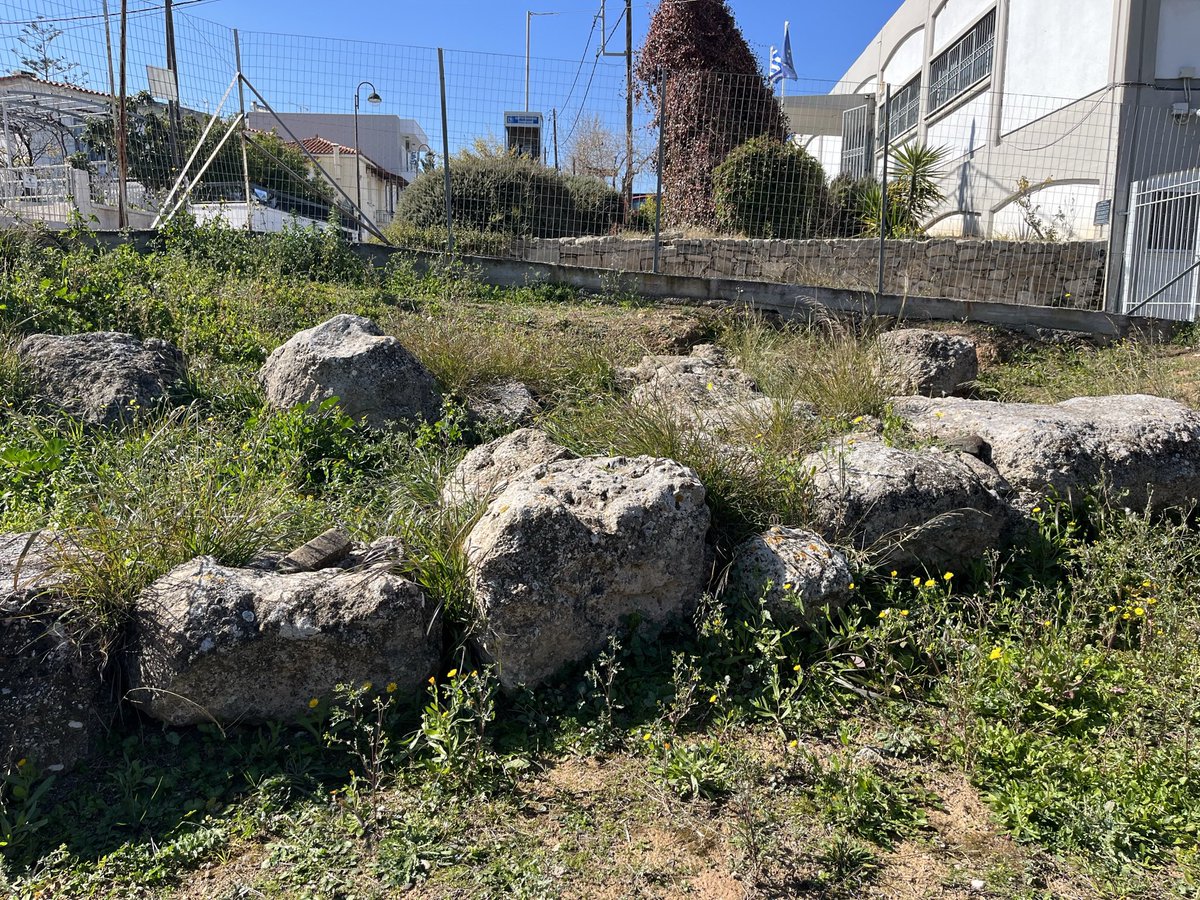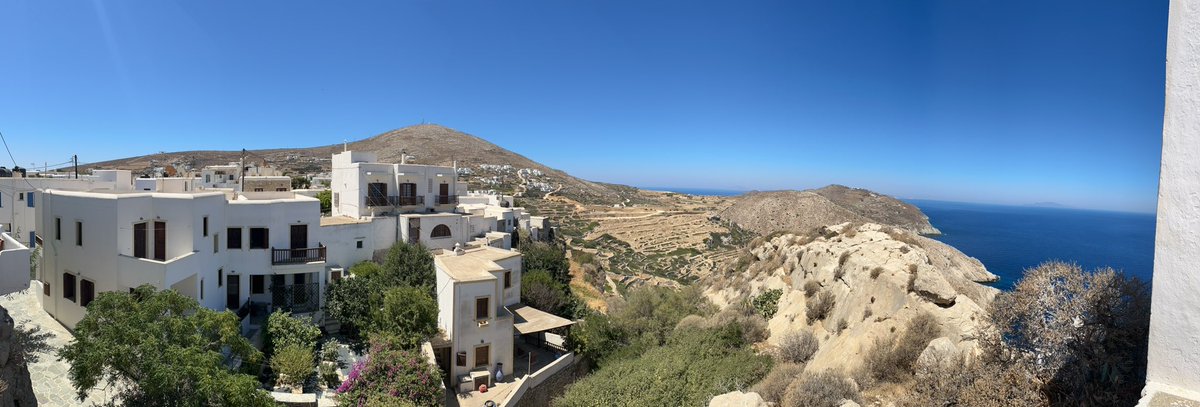
Jorrit Kelder
@jorrit_kelder
Archaeologist @wolfsoncollege @CSMC_Hamburg, @NINO_Leiden. Board @TEYLERS and @luwianstudies. orcid.org/0000-0002-2935…
ID: 212147441
http://oxford.academia.edu/JorritKelder 05-11-2010 08:13:50
7,7K Tweet
1,1K Takipçi
648 Takip Edilen










Jorrit Kelder The Isthmus Wall is very interesting. The stretch of it in the sanctuary is impressive, but there’s a lot of imagination required to extend it all the way.









